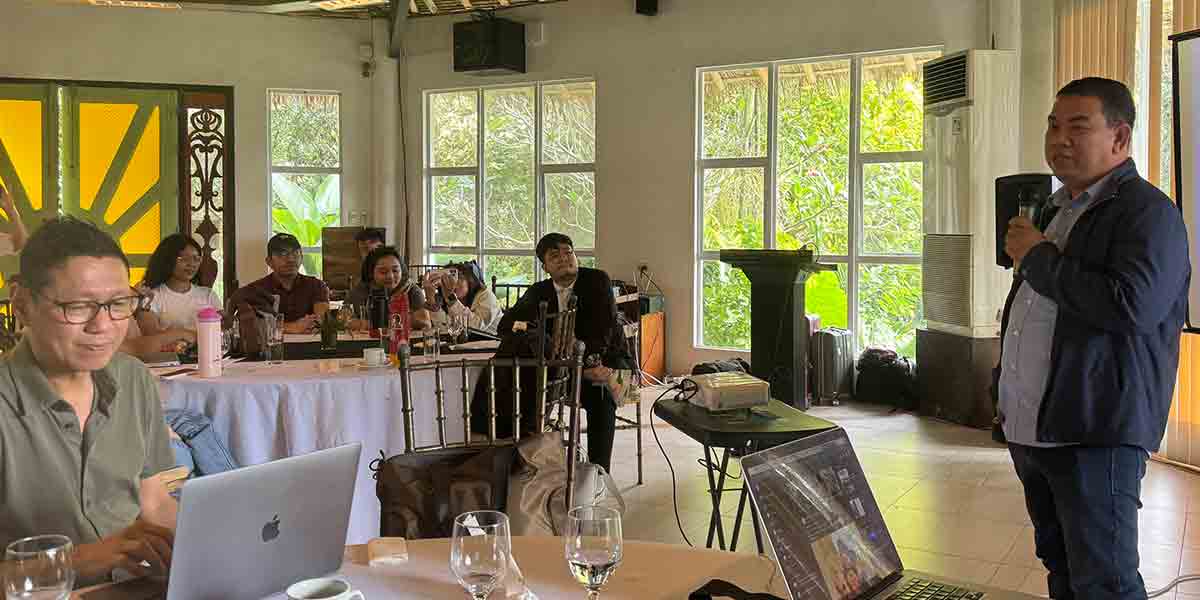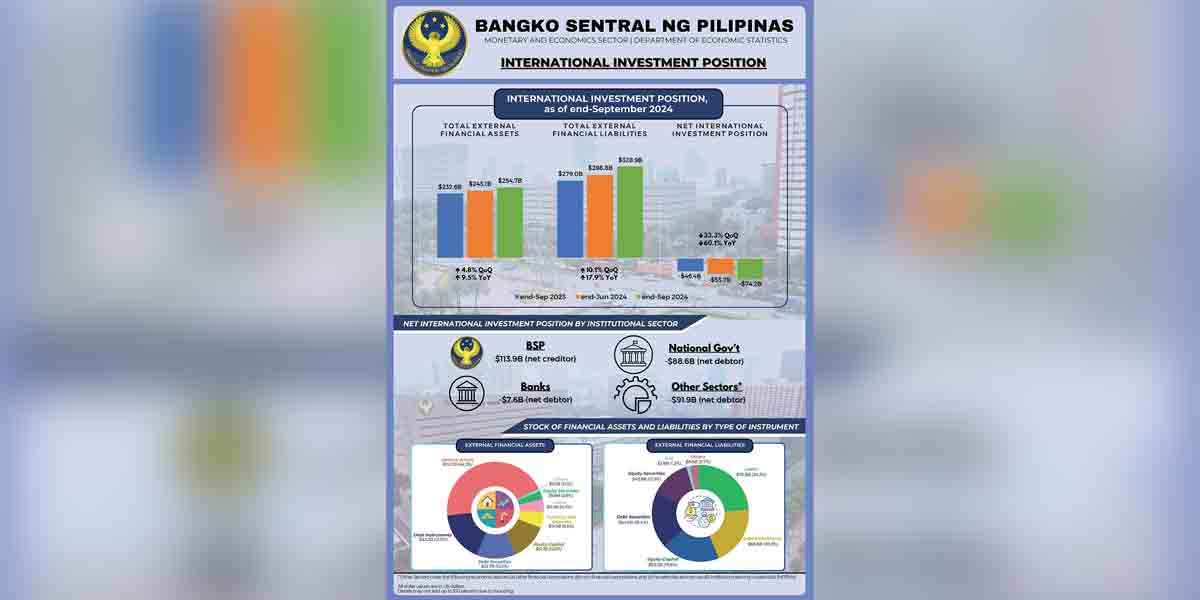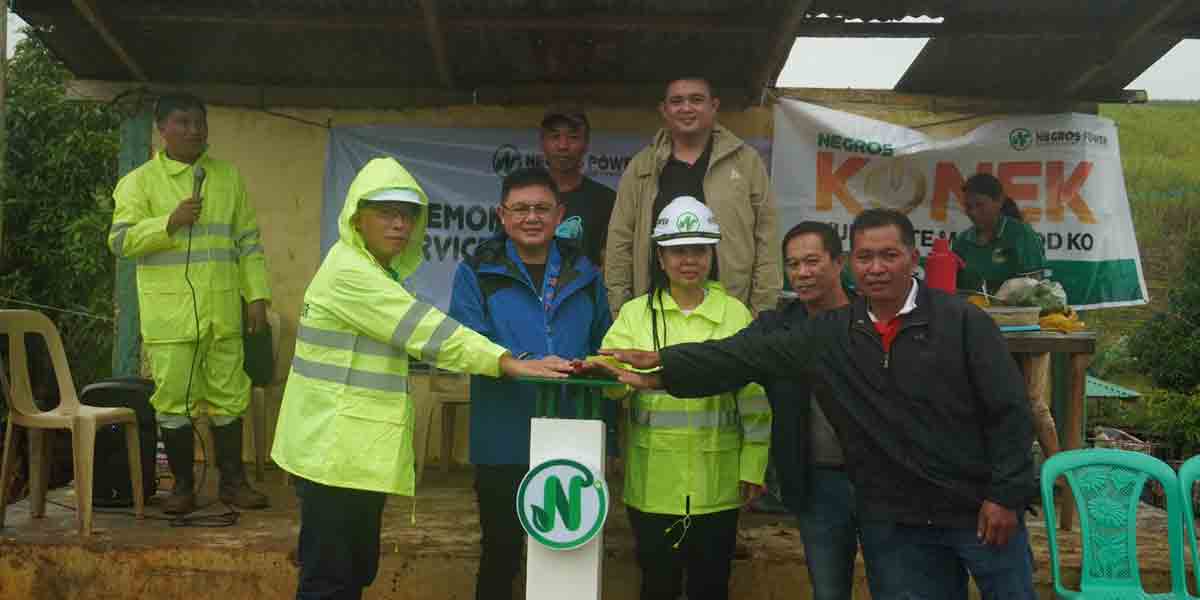
By Francis Allan L. Angelo
Testing is just one way of detecting and preventing the spread of COVID-19, according to a top health official in Western Visayas.
In an interview with Aksyon Radyo-Iloilo, Dr. Jessie Glenn Alonsabe, DOH-6 regional epidemiologist, said a negative RT-PCR result is only good for the day a person was tested.
The RT-PCR method is considered the most reliable way of detecting SARS-CoV-2 which causes COVID-19.
“You are only negative sa adlaw nga you are tested, on the day nga ginkuhaan ka sang specimen,” Dr. Alonsabe said.
Alonsabe said there is a possibility that a person may have low viral load, thus it cannot be detected by the RT-PCR method.
In this case, that person is considered non-infectious.
“Usually ang naga-guwa sa lab results ‘viral RNA is not detected’ meaning indi siya infectious,” he added.
But medical literatures on COVID-19 indicate that the incubation period, or the time it multiplies, of SARS-CoV-2 happens in the first week of infection, thus it is recommended that another testing must be done on the third to fifth day of infection.
While it is the gold standard in COVID testing, Alonsabe said RT-PCR method is not 100 percent accurate and may lead to false negative results.
“Amo na nga may ginatawag kita nga false negative. Basi bala during the time nga nag-negative ka tama ka nubo ang viral load ukon indi pa detectable ang virus. Depende sa timing sang pagkuha sang imo nga specimen. Dira na da ang room for errors sa testing, too early or too late nga pagkuha,” he explained.
This is the reason why the DOH recommend the 14-day mandatory quarantine even if other countries only recommend 10 days.
Alonsabe said the “meticulous ways” of Filipinos and population density have something to do with this policy.
“Kita ya nga mga Pinoy, may ‘pagka-uti’ muna nga gin-extend sa 14 days, panigurado ah. Even in some other countries 7 days. Kita, one of the longest nga 14 days. Diri abi densely populated kita. Siguro may rationale sina dira ngaa i-extend sa amo na kalawig nga days.”
Alonsabe added that testing is not the only way to curb the spread of COVID-19 as quarantine will also help.
He added that testing is most imperative if a person develops flu-like symptoms such as fever, cough, among others.
“Wala nakasalalay sa testing. Ang pinaka-importante ang quarantine, indi testing. Testing follows kun na-quarantine na ang tawo, kun nag-develop sang signs and symptoms or ikaw close contact sang nag-positive nga tawo, health worker ka. Pero kun wala ka man lang contact, traveler ka man lang, indi man kinahanglan nga i-test ka as long nga naka-undergo sa quarantine. I am talking about asymptomatic nga mga tawo, wala ka contact, indi ka health worker. Pero halin ka sa lugar nga may COVID so you have to undergo the 14 days nga quarantine period. Internationally, amo na ang gina-implement. Pero kun may symptoms ka, mandatory gid na siya nga mag-test ka na.”
Alonsabe also believes that there is no conflict between the NTF and DOH guidelines on the management of ROFs as they are under quarantine while awaiting the test results.
The DOH also reminded the public that hygiene and cooperation are still the best ways to stop the spread of COVID-19.
“The DOH WV CHD maintains that this battle against COVID-19 will only succeed with the strong support and cooperation of LGUs and the public in general. Everyone is reminded to strictly adhere to the minimum public health standards such as wearing of face mask and face shield, hand hygiene, respiratory etiquette and physical distancing at all times,” the health department said in its advisory on Wednesday.


















